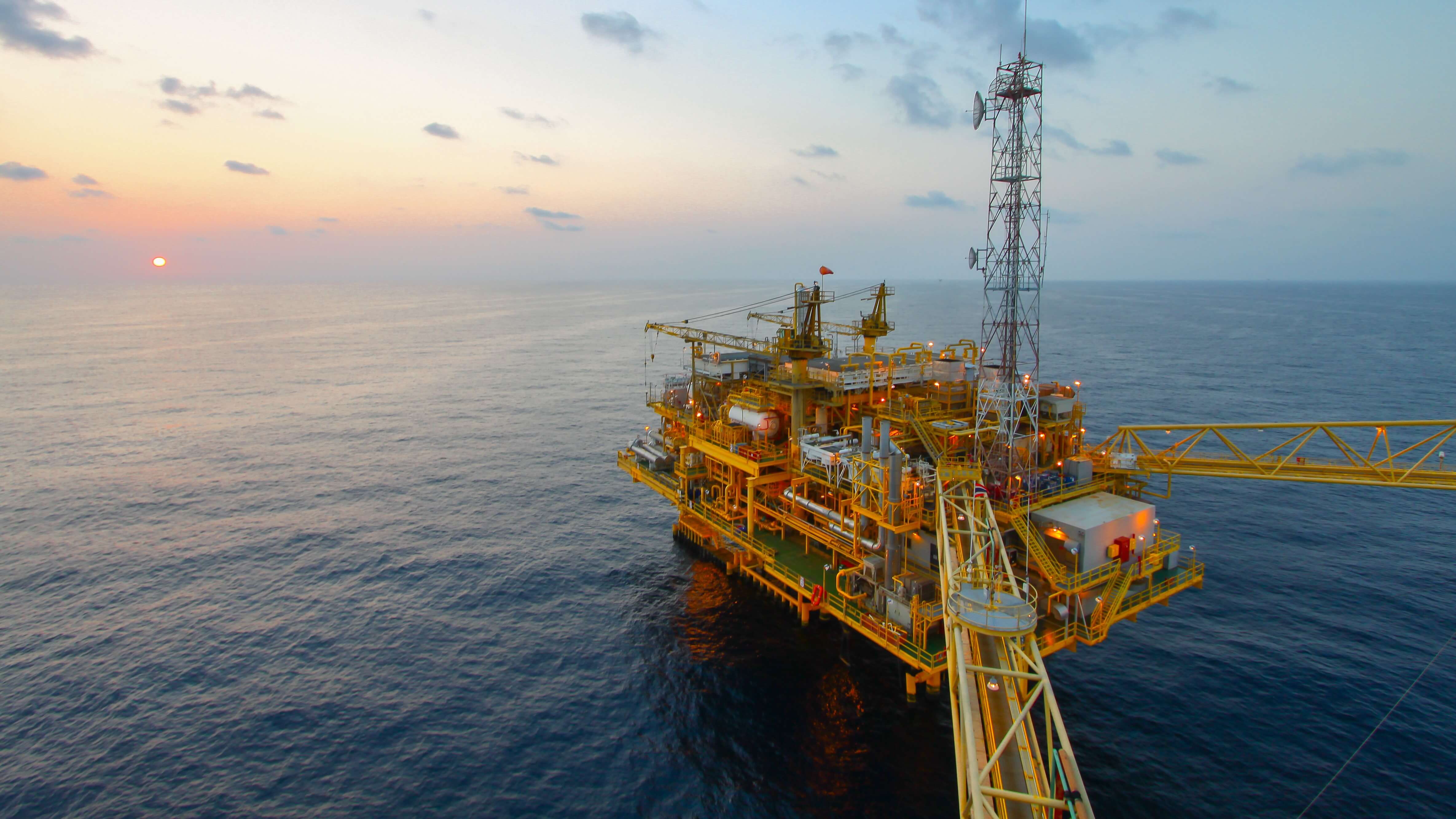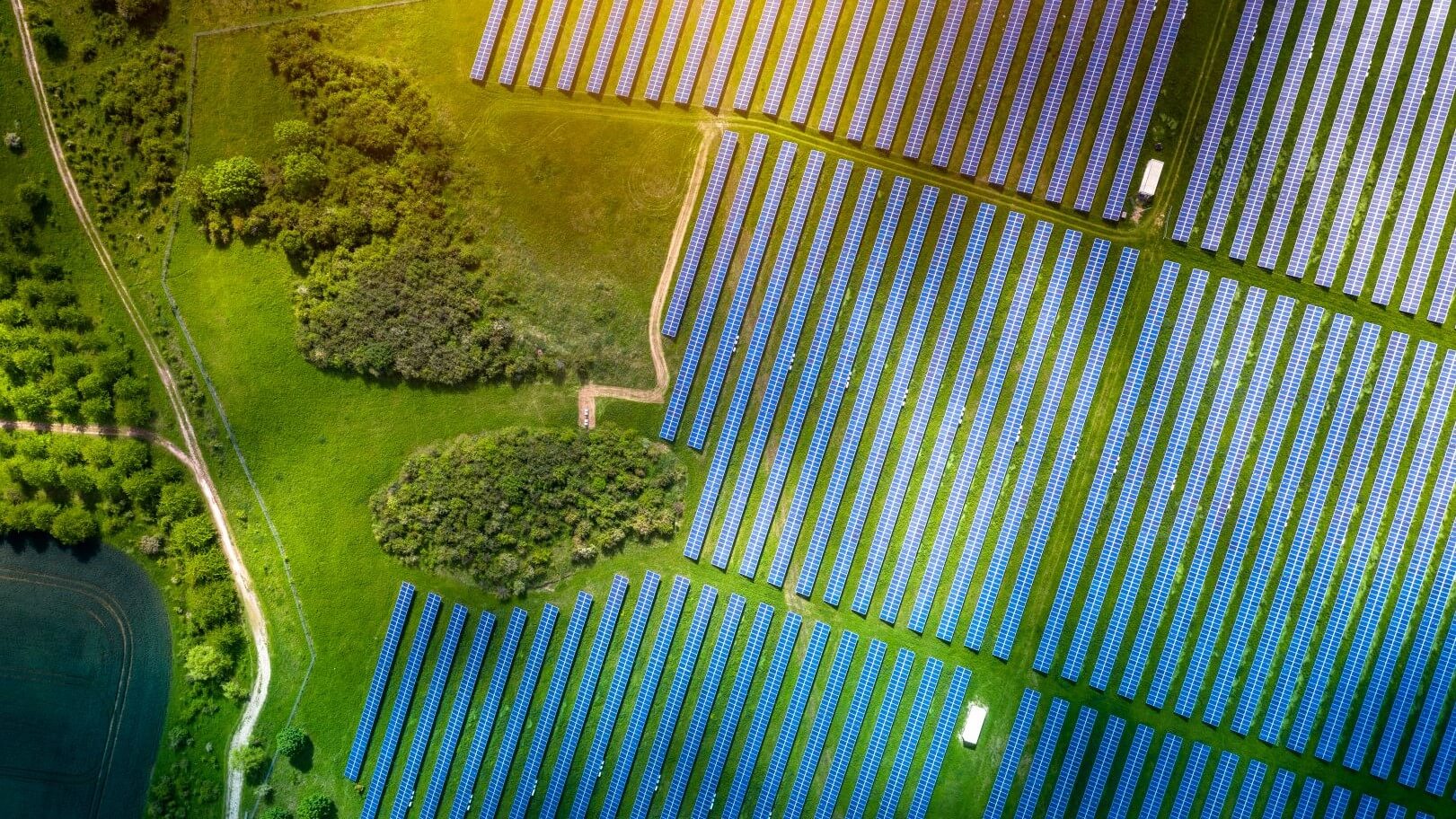Global emissions from energy grew 1% in 2024, setting record levels for the fourth consecutive year. Simultaneously, the world saw a 2% annual rise in total energy supply, reaching a new high of 592 EJ.
Although wind and solar grew nearly nine times faster than total energy demand, fossil fuels also grew (just over 1%) in 2024. Whilst global natural gas demand rose 2.5%, consumption of crude oil remained flat in OECD countries after a fall of 0.7% the previous year. It rose 1% in non-OECD countries. All contributing factors to an energy transition that continues but is increasingly disorderly.
• At 4%, electricity demand growth continued to outpace total energy demand growth, an indicator that the world’s energy system continues to electrify.
• Wind and solar continued to be the fastest-growing areas of the energy system increasing by over 18% in 2024. China was responsible for 56% of new additions with solar almost doubling in just two years.
• Over the past decade China has nearly doubled its electricity supply adding 405 TWh more than Europe’s entire 2024 electricity generation.
• In 2024 alone, across all forms of renewable energy, China added twice the amount of the US, Europe, and India combined additions. Deployment of renewables in non-OECD countries has grown at twice the rate of OECD countries over the past decade.
• The Asia Pacific region has been at the forefront of realising the benefits of diversifying its energy mix. It accounted for 50% of the avoided fossil fuel use in 2024 followed by Europe at 22%. Excluding hydro, China was responsible for nearly 60% of total global renewable power supply additions in 2024.
• Carbon emissions increased around 1% in 2024 exceeding the record level set the previous year at 40.8 GtCO2e.
• Since 2010 renewables and nuclear have avoided emitting around 109 gigatonnes of energy-related greenhouse gas emissions, around 2.5 times the total amount emitted globally in 2024.
• China remains the world’s largest single emitter of greenhouse gases, accounting for around a third of global emissions. Along with India, it contributed 62% of the increase in global emissions last year.
• For the second year in succession the US witnessed a drop in emissions with a fall of 37 MtCO2e, 0.7% below its 2023 levels and above its ten-year average annual decline rate of 0.5% per annum.
• Adjusting for COVID, European emissions fell for the sixth consecutive year and are nearly 16% below where they were a decade ago and are now three times lower than China’s.
• The US was the world’s largest oil producer, accounting for a fifth of global production in 2024. Its production is now broadly equal to the combined output of Saudi Arabia and the Russian Federation.
• Oil remains the largest source of energy meeting 34% of total global demand in 2024. Although slowing, global demand increased by 0.6% to breach the 101 Mbbl/d level for the first time ever.
• Having initially rebounded following COVID, all regions exhibited either a slowing down or a plateauing in oil demand in 2024. OECD demand remained flat at 45 Mbbl/d whilst non-OECD demand grew by 0.7 Mbbl/d. Africa and the Middle East were the fastest-growing regions at 2.5% and 1.7% respectively.
• China displayed signs of oil demand peaking in 2023, registering a 1.7% drop in demand in 2024.
• Global demand for fuel oil and diesel/gasoil fell -2% and -0.5% respectively. This was largely driven by China with an increase in LNG-fuelled trucks reducing demand for diesel. Globally, demand increased for jet/kerosene (0.4 Mbbl/d), ethane and LPG (0.4 Mbbl/d), and gasoline (0.3 Mbbl/d).
• Oil prices continued to fall from their 2023 levels following Russia’s invasion of Ukraine. Though, on average, they fell by -3%, they remain 27% above their 2019 pre-COVID levels.

• Global natural gas production rose to 4,124 bcm with the largest producers being the US, Russia, Iran, and China who, together, accounted for 53% of total global production. Over the last ten years, China has gone from being the world’s sixth-largest gas producer to its fourth. Its domestic production now meets 56% of its domestic demand.
• Global natural gas demand returned to growth in 2024 rising 113 bcm (2.5%). Its share of global fossil fuels stood at 29% and it met a quarter of total global energy demand.
• All regions bar Africa saw gas demand rise in 2024. Asia Pacific saw the largest increase, a rise of 45 bcm, of which China represented nearly 70%. The Commonwealth of Independent States (CIS) and North America witnessed rises of 25 bcm and 18 bcm respectively, whilst Europe experienced a modest increase of 7 bcm.
• For the past three years coal production in the Asia Pacific region has exceeded its demand. The surplus in 2024 was a record with production at over 6% of demand.
• Although coal reached a global record level of demand at 165 EJ, 83% of this was centred in the Asia Pacific region, 67% of which was attributable to China.
• Despite continuing record levels of investment in renewables, coal still dominates China’s electricity sector generating 58% of its output in 2024. In Europe, coal consumption fell 7%. For the first time ever, the contribution of coal to meeting Europe’s total energy demand fell below that of nuclear.
• India’s demand for coal rose 4% in 2024 and now equals that of the CIS, South and Central America, North America, and Europe combined. Conversely, demand across OECD countries, which have been in decline since 2007, fell by 4% in 2024 against an average decline of around 3% per annum over the past 10 years.
• On average, coal prices around the world continued to fall, dropping by around 11% in 2024 and by 52% against their record highs in 2023.
• In 2024, nuclear rose 3% to meet just over 5% of total global energy demand. Around two-thirds of the increase in output were in France and Japan who both continued to return plants to service after prolonged outages.
• Over the past 10 years, global electricity generation has grown on average at around 2.6% per annum, broadly twice the rate of total energy demand.
• Asia Pacific demand reached 52% of global electricity production in 2024, increasing around 4% to 16,132 TWh. North America and Europe rose by 2.2% and 1.5% respectively to reach a collective 9,514 TWh, 30% of global generation.
• With the exception of oil, generation from all sources increased globally in 2024. Wind and solar met 53% of the global increase in generation. Generation from renewables, including hydro, met 32% of global electricity supply last year.
• Of the global fossil fuel fleet, gas saw the biggest increase in generation, growing 2.5%, (172 TWh). Coal grew by 1.2% to reach 10,613 TWh to remain the largest source of generation globally.
• Over the past ten years coal’s share of China’s generation fleet has fallen from 70% to 58%. In India, its share has remained fixed at around 75%.
• In 2024 grid-scale battery electricity storage system (BESS) capacity more than doubled, rising 113% to reach 126 GW. China led the way in its deployment adding 67% of the increase. It now hosts 60% of total installed BESS capacity followed by the US at 20% and the UK at around 5%.
• Generation from wind and solar increased its share of total global generation from 13% to 15% in 2024. The past ten years have witnessed a fourfold increase in their combined output with wind responsible for 55% and solar 45% of their joint output.
• The biggest increase in wind and solar output was in the Asia Pacific region at 399 TWh. China was responsible for 91% of the region’s growth and nearly 60% of total global growth.
• Capacity additions of solar outpaced that of wind by 4-to-1 in 2024 with solar reaching a total global installed capacity of 1,865 GW compared to wind’s 1,135 GW. China was host to 47% of the world’s total installed solar and windfarms in 2024 at nearly twice the installed capacity of wind and solar in the US and Europe combined.
• Wind and solar supplied 28% of the European Union’s electricity generation with solar surpassing coal for the first time.

• Despite falls in North America, and South and Central America, hydro saw its biggest global annual increase (180 TWh) since 2010 when China’s Three Gorges dam reached full capacity. Overall, hydro remains the largest source of renewable generation contributing 14% of global electricity generation in 2024.
• Global demand for biofuels rose 3% in 2024 to reach a record level of 2.2 Mbbloe/d. The Asia Pacific region saw the highest growth at 47 kbbloe/d followed by North America at 42 kbbloe/d.
• India and Indonesia jointly accounted for 63% of Asia Pacific’s biofuel demand in 2024 with India growing 38%. At 194 kbbloe/d, Indonesia is the world’s third-largest consumer of biofuels behind the US (899 kbbloe/d) and Brazil (432 kbbloe/d).
• Demand for biofuels in the EU fell by 11%, centred on biodiesel (-15%) with conventional diesel/gasoil registering a similar fall.
• Global rare earth metals mining increased by 3.2% in 2024 reaching 0.4 million tonnes. China maintained its dominance accounting for 71% of global production and 48% of worldwide reserves.
• Global production of lithium increased by 16%. Chile continued to be the second-largest lithium producer with a 23% share of global output. Its production grew by 18%, whilst Argentina saw a significant increase of 109%.
• On average, key mineral prices fell globally by 16% in 2024 with the biggest falls in lithium carbonate (-69%), natural graphite (-26%), and cobalt (-23%).